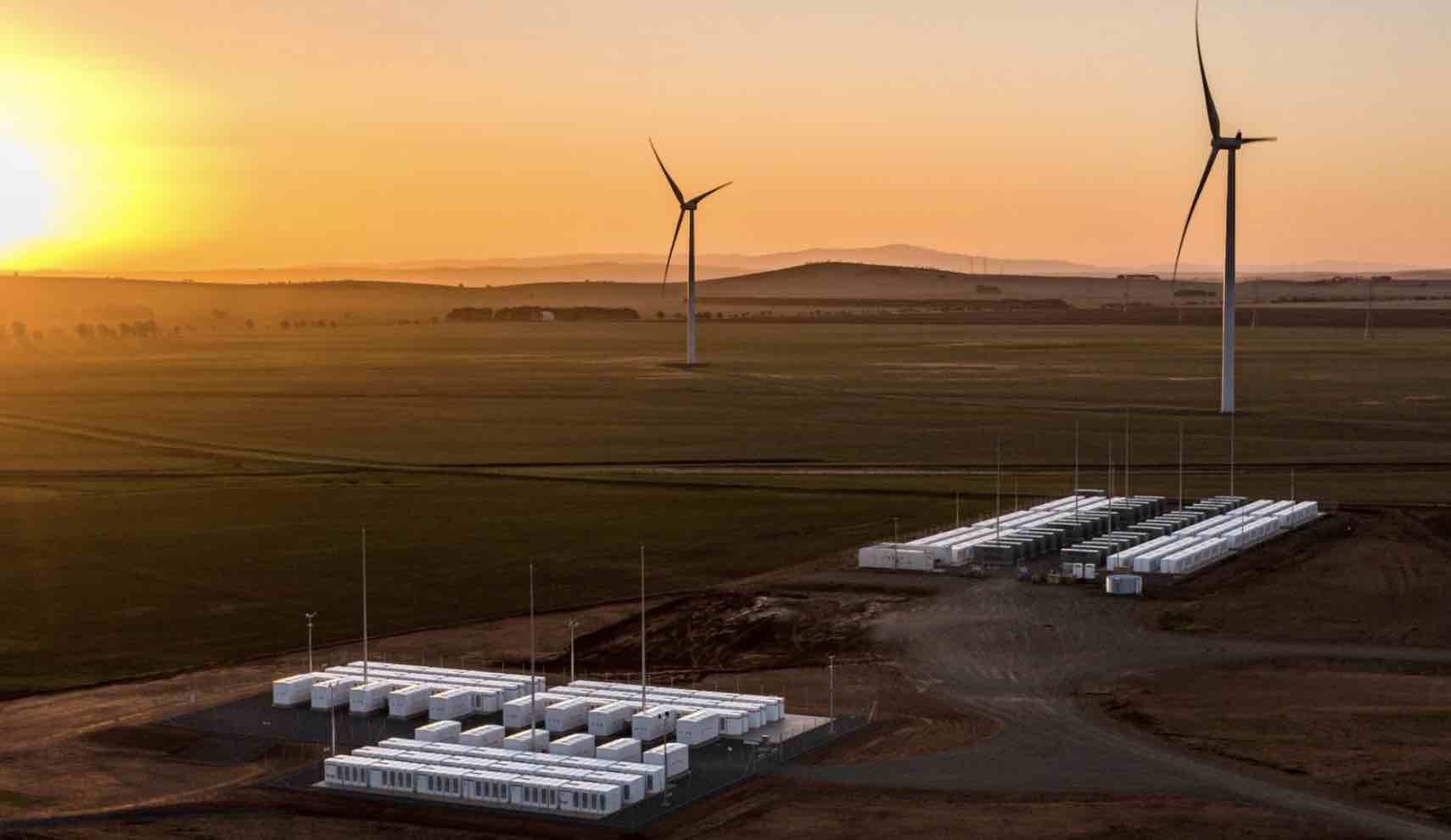Wholesale electricity prices surged on Monday morning in the southern states after wind and solar output in South Australia – the grid with the highest average share of the technologies – fell to zero soon after 7am.
According to various data sources, including GPE NEMLog2, the output of wind and solar fell to zero at 7.05am, just before rooftop and large scale solar kicked in to the grid. Wind output remained very low throughout the morning.
It is not the first time wind and solar have hit zero – they did so in June last year for a brief moment, according to GPE NEMLog, but the fossil fuel generators and the growing portfolio took full advantage and pushed the wholesale price towards the newly elevated market cap of $17,500 a megawatt hour in the absence of any competition.
Most of the fossil fuel capacity switched on this morning has been in the system for years, built to back the former coal generators and to provide the balance of power needs.
There are now also four operating big batteries – Torrens Island, Hornsdale, Lake Bonney and Dalrymple North with a combined capacity of around 500 megawatts and an average of one a half hour storage. More big batteries, with longer duration, are now being built.
On Monday morning, even though ample capacity remained in the system – demand was hovering around 2 GW in the early morning compared to the grid’s demand peaks of more than 3 GW – the generators and battery owners were able to bid the wholesale price towards the peak without competition.
The generators have been achieving similar results in other state grids over the past weeks and months, including in South Australia where the state is once again at risk of breaking the cumulative price threshold of $1.57 million, which will result in an automatic price cap being imposed.
The market cap is there to achieve at least some semblance of normality. The cost of generation – even at peaking plants – is likely to be in the order of $300 to $600 a megawatt hour, depending on fossil fuel prices – but the new regulations allow them to bid the price up to more than $17,000/MWh.
This is ostensibly to provide incentives for new peaking plants or storage to be built in the absence of a capacity market. That is designed as reward for the rare events when the supply and demand balance is very tight, but the lack of competition means that these price caps can be manipulated on a regular basis.
Even if just one megawatt is priced at that level, it flows through to all generation. The Australian Energy Regulator has written in great detail how plant availability and ramp rates are often manipulated to push prices into a higher price band.

South Australia is particularly vulnerable because it has little competition. Two of the big batteries are owned or operated by AGL, the dominant player in the market, while the Lake Bonney battery is owned by Iberdrola, which also owns one of the peaking plants. The other is Hornsdale, which is owned by Neoen.
By the middle of the day, prices had subsided towards the marginal cost of gas generation, as rooftop and utility solar provided the bulk of supply. But the fossil fuel generators retained pricing power.
Other states had a similar story to tell. In Victoria, the output of wind and solar fell to just 2.8 MW on Sunday evening, but at 8am the prices were pushed to the market cap of $17,500/MWh, even though demand was a gigawatt short of the peaks over the previous week and the market did not come close to soaking up available supply.
In NSW the story was repeated, with generators pushing the price to $17,000 MWh, even though demand was significantly less than Sunday’s peak when the prices were just $300/MWh.
Again, it was the lack of competition in the market – nothing to do with cost of generation or even long term pricing incentives. The federal government might want to look at the bidding practices of its wholly owned Snowy Hydro, which controls much of the peaking capacity that is deployed at such times.
The one exception was Queensland, where prices remained relatively low at less than $300/MWh, and the onset of solar soon pushed prices into negative territory.
Why were the prices moderate in Queensland?
Firstly because there was enough wind in the market to add some competition – Queensland wind is not correlated to the rest of the grid – and perhaps also because that state government owns the bulk of generation, and may have found other ways of rewarding its easily excitable screen jockeys.








